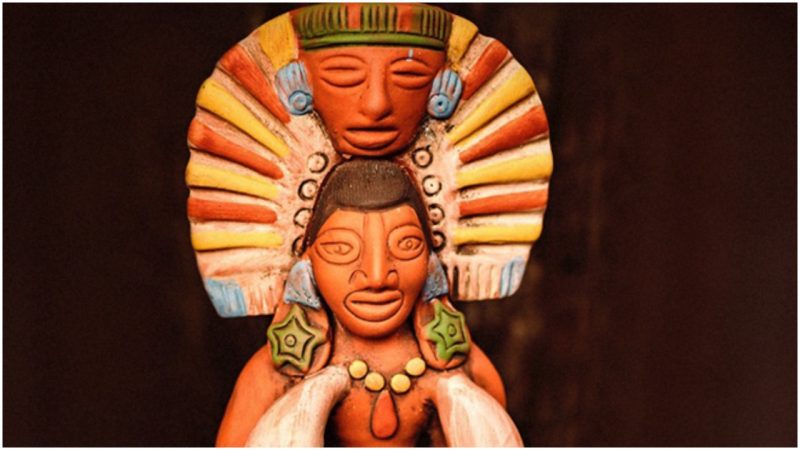A newly discovered stash of Aztec relics discovered at Templo Mayor, in the heart of Mexico City, has excited archaeologists who believe the find is associated with a long sought-after burial site belonging to Aztec royals. Within the past decades, numerous Aztec-related finds have been made but none have been identified as offerings to the grave of an emperor.
The relics include the remains a nine-year-old boy clothed to resemble Huitzilopochtli, Aztec god of the sun and war, as well as those of a jaguar dressed as a warrior, Reuters reports.
Some of the other intriguing finds include an atlatl (or spear-thrower), gemstones, and dozens of mother-of-pearl inlaid flint knives. The atlatl had been placed inside a box decorated with shells, coral, and a bright red starfish, “perhaps to represent the sun’s overnight journey through the watery underworld,” reports the journal Archaeology.
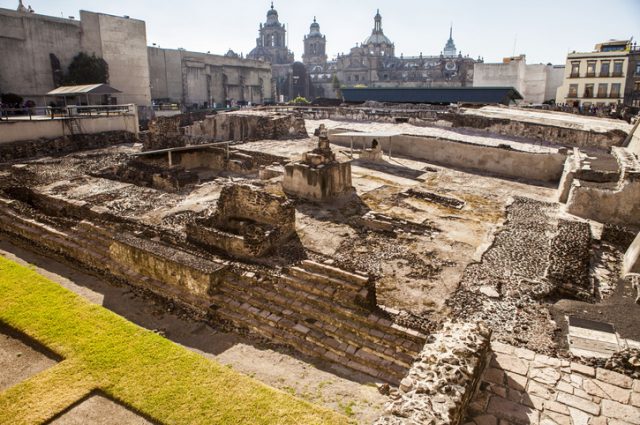
Aztec priests would have deposited all of these offerings some 500 years ago. They were placed inside a ritual platform which would have stood next to Templo Mayor, the main temple of Tenochtitlan — the vibrant capital of the Aztecs. This important archaeological site, located in downtown Mexico City, is believed to be the resting place of three Aztec emperors, writes Archaeology. Copal bars that would have been used by the priests as incense were also found amid the recent excavations.
“We have enormous expectations right now,” lead archaeologist Leonardo Lopez Lujan said in a statement for Reuters. “As we go deeper we think we’ll continue finding very rich objects.”
The abundance of finds are, the team hopes, just the tip of the iceberg as they have excavated only about one-tenth of the contents of the 500-year-old stone box that was unsealed earlier in 2019.
According to the Archaeological Institute of America, “a wooden disc bearing Huitzilopochtli’s emblem” was positioned on the back of the jaguar that was sacrificed. The religious processions of the Aztecs were frightening, and the participants likely cut out the heart of the feline.
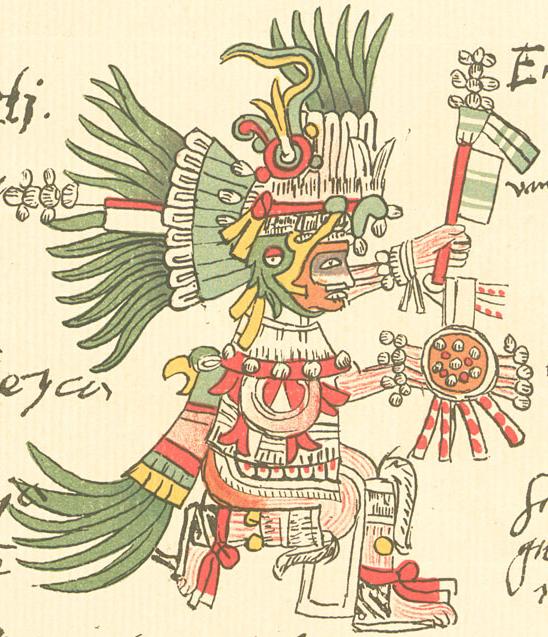
The same likely happened to the young boy who was placed in a box next to that of the fierce cat. However, further tests will be needed to confirm this was indeed the case. The remains of the child were accompanied by another wooden disk, and he wore the wings of a hawk on his shoulders and a beaded necklace made of jade.
More animal remains included those of a roseate spoonbill, a bird similar to flamingo and emblematic to Central and South America. In Aztec days this pink-feathered bird was linked with warriorhood, rulers and the afterlife.
Miguel Baez, a member of the team working on the field at Templo Mayor, said to Reuters that “an enormous amount of coral” is currently obstructing archaeologists from seeing what’s below.
At Templo Mayor there used to be a huge pyramid that was demolished by the Spanish in 1521, along with the remainder of Tenochtitlan.

The site was sacred to the natives and each of their rulers broadened and enriched the complex. South from Templo Mayor stood a shrine to Huitzilopochtli, to whom the newly discovered offerings all associate. Another smaller temple dedicated to Tlaloc, god of the rain, water, and fertility, was added on the site’s north side.
Before the Spanish arrived, three kings reigned over the mighty Aztec empire, all of whom brothers, from 1469 and 1502. The Aztec burial ceremony of at least one of these emperors was observed by the foreign invaders. Written accounts suggest that the corpses of the kings were burnt, after which followed a lavish memorial service with the placement of many offerings at their gravesite.
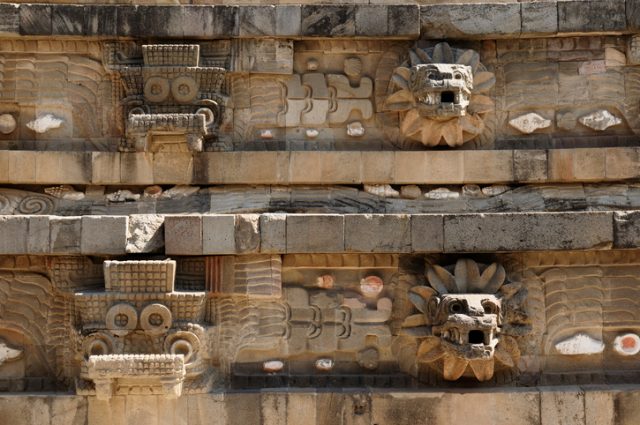
Experts speculate the recent finds could be from those processions and perhaps the jaguar represented the fearless warrior spirit of one of the three rulers.
Reuters further notes that “a massive monolith of the Aztec earth goddess” was previously found nearby, containing an “inscription corresponding to the year 1502, which is when the empire’s greatest ruler and the last of the brothers, Ahuitzotl, died.”
To hold control of the region, the Aztecs often made alliances with neighboring rulers, often rulers of city-states. Some of the artifacts from the latest dig hint at the extent of their influence. The marine remnants originate from the Pacific shores while some of the gemstones have been traced to the modern-day territories of Honduras.
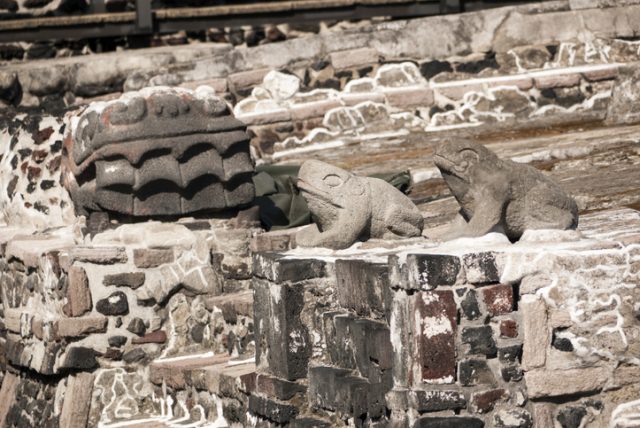
At its greatest, this last of the great native Mesoamerican civilizations would have numbered at least 5 million people. The capital of Tenochtitlan would have alone had at least 140,000 occupants, making it the most populated city in the region before the 16th century.
Read another story from us: Hidden Cave Filled With Mayan Artifacts Found in Mexico
Aztec society had a vibrant, advanced economy, culture and arts. By the mid-14th century, the Aztec language, Nahuatl, was the main language of the region. Its influence lingers on as numerous Nahuatl words were incorporated into Spanish and English languages as European conquistadors arrived.
